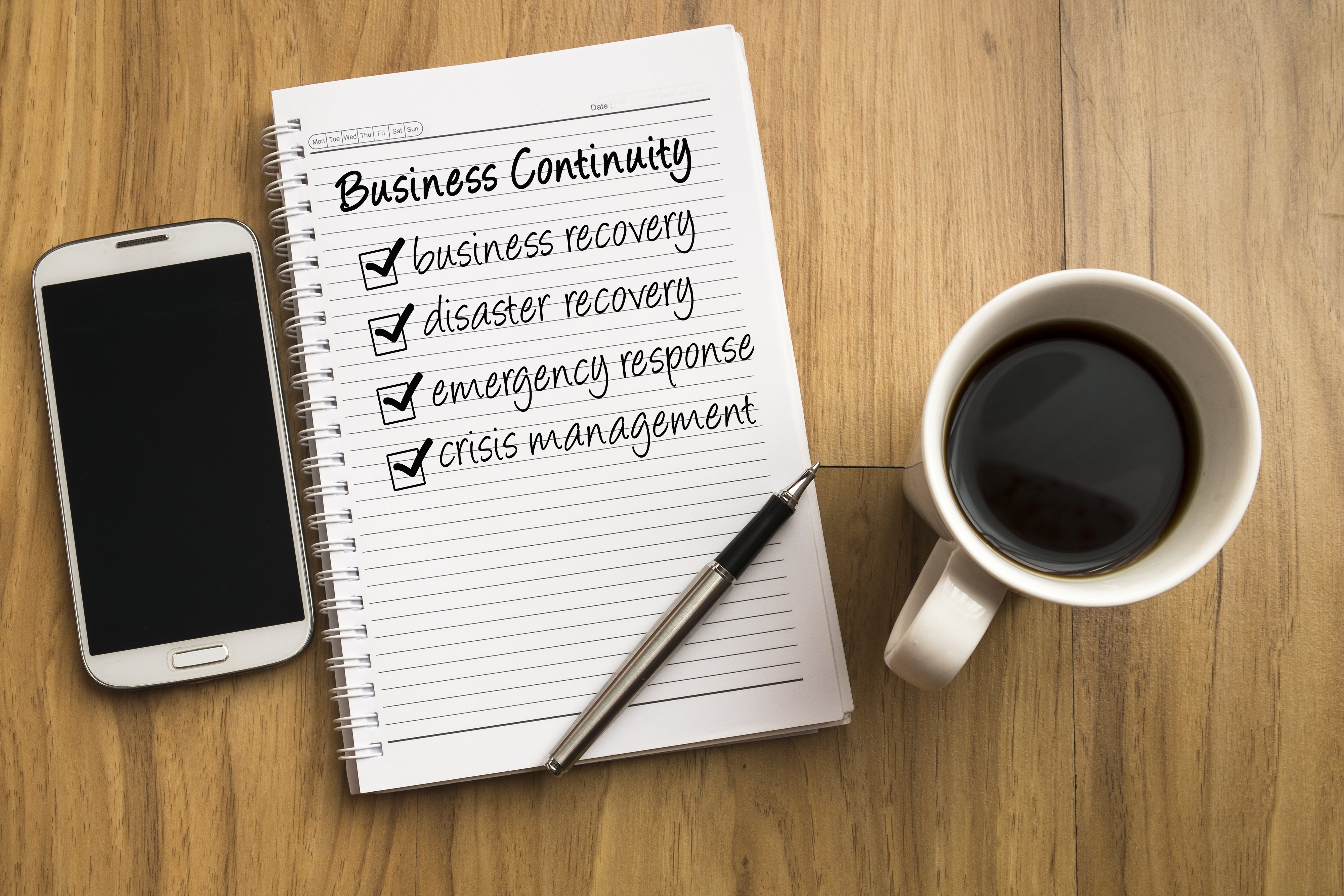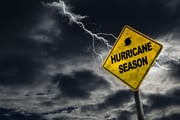
Costly data loss is not always the result of a cyberattack. Natural disasters such as hurricanes can wreak havoc on every aspect of your business, including your IT infrastructure and digital information systems.
According to the Congressional Budget Office, hurricanes are expected to cost commercial businesses $9 billion each year in economic losses. Damage to your IT infrastructure during a hurricane will likely cause data loss, which can be devastating: A data center outage costs US businesses $7,900 per minute on average.
Thanks to advancements in technology, there are many ways to provide high levels of data security from natural disasters and prevent data loss. By taking preventive measures — from data backup possibilities to infrastructure protection — businesses can minimize risks and protect the confidentiality, integrity, and availability of their valuable information assets. Comprehensive plans for protection from such threats should be an integral part of any enterprise’s cybersecurity strategy.
Back-up data to the cloud
Cloud-based storage systems can provide data protection, even if the physical infrastructure is destroyed. For individual operations, small scale cloud-based backups are available even for free. However, for large networks and enterprises, and those using Software as a Service (SaaS), such as Office 365, dedicated and professional cloud service is advised. This involves certain considerations such as license validity, software updates, and regular backups. Cloud storage doesn’t only prevent data loss during disasters; it also has a range of benefits for businesses, including allowing for systems expansion, access to new tools and applications, greater flexibility, and cost-effectiveness.
Virtualize backups for faster access
A virtual environment involves using virtual machines (VM) and locations — simulated computer units that you can access and work on using a single hardware setup. When using virtualization to back up data, it offers benefits not available on physical backup systems. For instance, data will be protected from physical disasters since the backup remains on a virtual system instead of an in-house physical system. Backup virtualization also reduces CPU load on your physical servers and storage systems.
Set a shorter recovery point objective (RPO)
Recovery point objective (RPO) is how far you are from the most updated data in the event of a disaster. Having access to a spare server provides a location to virtualize your server, giving you swift access to your data in the event of hardware failure or other disasters affecting your physical servers’ infrastructure. In an event when you fail to prevent data loss, you can resort to the backed-up data. However, with less frequent backups, you will receive an older update, and many files may be missing. Setting a shorter interval means that you will have access to the latest backed-up data in the event of a hurricane or other disaster. The quicker the range, the better: Typically, it is set from a few minutes to several hours.
Protect physical infrastructure
Your physical infrastructure should be protected as a priority. Businesses must ensure that the systems are located on higher ground, well above an anticipated flood level if you are in a flood-prone area. In case of a catastrophe, it may be necessary to shut down all systems and networks and keep them disconnected from electricity, which works best when you have proper backups implemented. When using physical backups, it is recommended to store these in multiple locations so that even if one area is hit, you have the same information stored in another, safer place.
Create a plan
Businesses must develop a fail-proof plan based on a clear picture of the risks and likely outcomes. All employees and relevant stakeholders must be fully aware of this plan and their roles and responsibilities. You can achieve this through training and awareness campaigns to properly execute the steps during a disaster. The plan should not be merely protective, but also include a true business continuity strategy to prevent data loss and ensure uninterrupted operations even amid a hurricane.
Get in touch if you’d like to discuss how your business can better protect its assets and prevent data loss in a hurricane.
Share this entry
-
Share on Facebook
Share on Facebook
-
Share on Twitter
Share on Twitter
- Share on Google+
-
Share on Pinterest
Share on Pinterest
- Share on Linkedin
- Share on Tumblr
- Share on Vk
- Share on Reddit
- Share by Mail
Subscribe to our Newsletter
Don’t miss out on the latest news from Entech. Submit your e-mail to subscribe to our monthly e-mail list.
.png?width=360&height=300&name=Logo%20(2).png)






